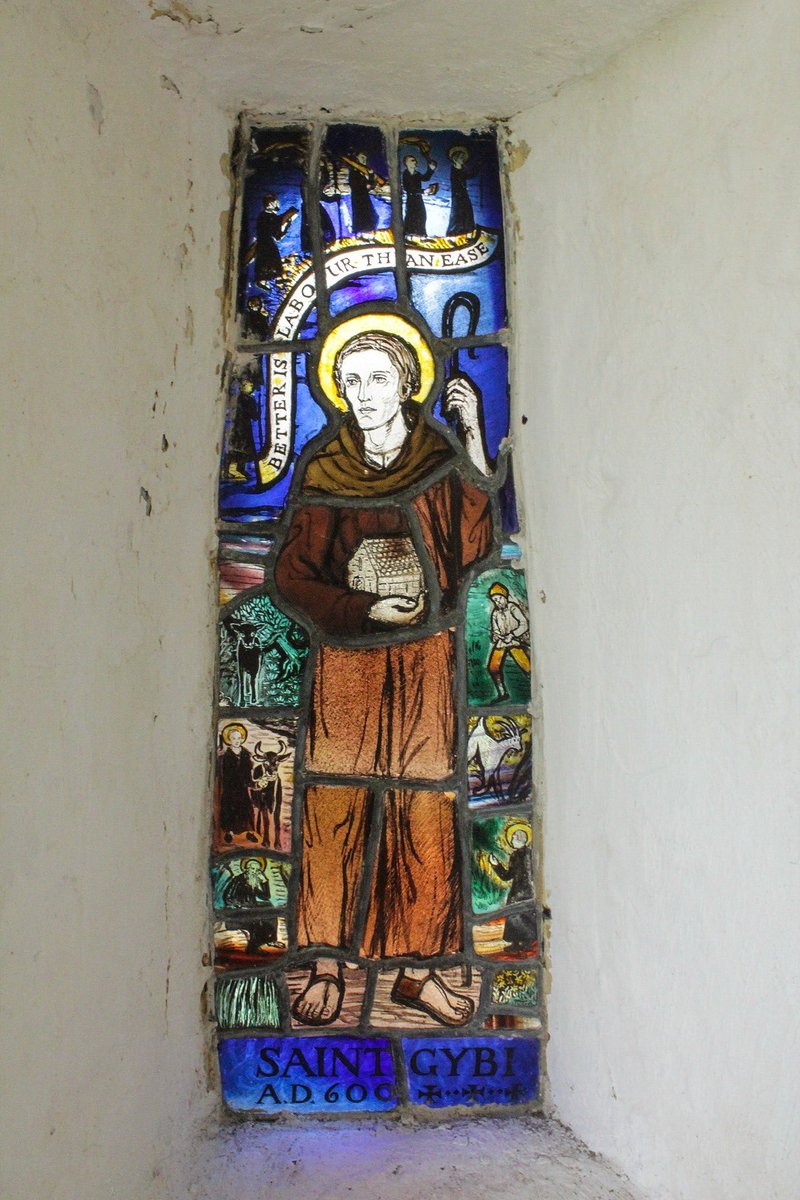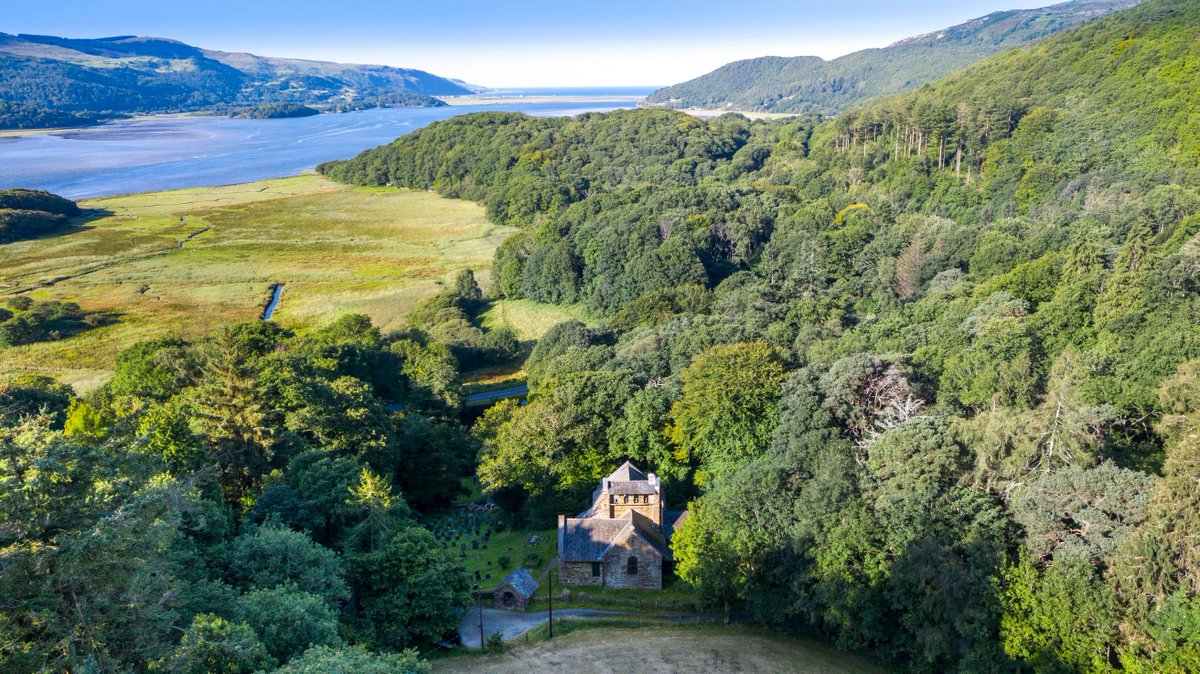
Meet Lady Mander, the only woman founder of the Friends of Friendless Churches. After a short career in politics she became a noted biographer of writers and artists, and gave the @nationaltrust its very first house.
#thread
Photograph in the collection of the @NPGLondon
#thread
Photograph in the collection of the @NPGLondon

Several of our churches were also founded by women, such as Mary Barton and Louisa Tooth - grieving the loss of loved ones, Louisa Harris - who wanted a place for an unusual memorial, ... 

and Bertha Kessler and Katherine Hudson - WW1 nurses devoted to spiritual and mental healing.
These women have left us with a legacy of four glorious Arts and Crafts places of worship.



These women have left us with a legacy of four glorious Arts and Crafts places of worship.




Women have also been instrumental as fundraisers, maintaining and enhancing the buildings we now care for.
Like Mrs Abra Hughes Wienholt, whose colourful bazaar in 1882 paid for Llandawke’s beautifully carved altar.
Like Mrs Abra Hughes Wienholt, whose colourful bazaar in 1882 paid for Llandawke’s beautifully carved altar.

To celebrate #WomensHistoryMonth and #internationalwomensday2021 we’ll be sharing stories about Women of Friendless Churches throughout the week, starting today with tales of Founders & Funders, in our new blog:
friendsoffriendlesschurches.org.uk/womens-history…
friendsoffriendlesschurches.org.uk/womens-history…
• • •
Missing some Tweet in this thread? You can try to
force a refresh





















